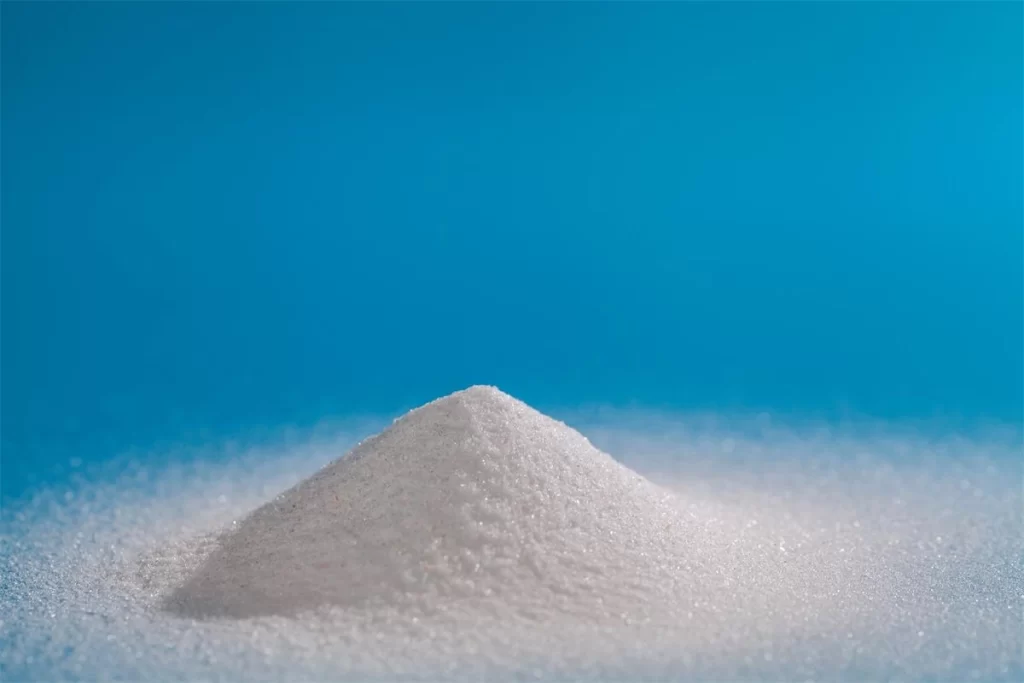Quality requirements for quartz sand for various types of glass

Silicon dioxide is the main structure of glass, which can ensure that the glass has high strength and good chemical stability. Therefore, quartz sand is the most important industrial mineral raw material in the glass industry, including flat glass, daily glass, ultra-white glass, photovoltaic glass, quartz glass, etc.
The quality requirements of quartz sand in the glass industry are mainly reflected in three aspects: chemical composition, stability, and particle size. Different glass products have different quality requirements for quartz sand.
1. Flat glass
Different flat glass downstream markets have different requirements for quartz sand indicators. According to the chemical composition and particle size, the quartz sand used in the entire flat glass industry can be divided into two types: Class I and Class II. Class I has a low Al2O3 content, and Class II has a high Al2O3 content.
2. Daily glass
Daily glass products mainly include bottle glass, utensil glass, instrument glass and pharmaceutical glass, which provide various packaging and meet social consumption needs for industries such as food, brewing, beverages and medicine. Quartz sand is the raw material with the largest amount of daily glass batches. The melting temperature of quartz sand is as high as about 1730℃, and the particle size of quartz has the greatest impact on the formation of glass.
In actual production, quartz particles should be angular in shape, with a large surface area, and the batch is not easy to stratify. The particle size range is 60-140 mesh.
3. Ultra-white glass
Ultra-white glass is a new material glass with extremely high light transmittance (light transmittance ≥ 91.5%), iron impurity content basically controlled between 100~150ppm and extremely transparent appearance. Other names for ultra-white glass are low-iron glass and high-transparency glass.
The raw materials for ultra-white glass production mainly include quartz sand, feldspar, dolomite, limestone, heavy alkali, aluminum hydroxide, sodium sulfate, sodium pyroantimonate and antimony trioxide, etc., and the requirements for the percentage of various raw materials are very strict. In order to meet the use requirements of ultra-white glass, the industry has strict regulations on the composition of ultra-white glass.
4. Photovoltaic glass
Photovoltaic glass is mainly installed on the outermost layer of photovoltaic modules to block the influence of moisture and corrosive gases, and protect the cells and electrodes. Compared with ordinary glass, photovoltaic glass needs to have low iron content, high light transmittance, impact resistance, corrosion resistance, high temperature resistance and other characteristics. Ultra-white float glass and ultra-white rolled glass can meet the above requirements. Among them, ultra-white rolled glass is used for crystalline silicon cells and is the mainstream product of photovoltaic glass, while ultra-white float glass is mostly used for thin-film cells.
The iron ions in quartz sand are easy to dye. In order to ensure the high solar transmittance of the original glass, the iron content of photovoltaic glass is required to be lower than that of ordinary glass. Low-iron quartz sand with high silicon purity and low impurity content must be used.
5. Quartz glass
Quartz glass is known as the “crown” of glass materials. It is a glass with SiO2 as a single component and has superb mechanical, thermal, optical and electrical properties. It plays an irreplaceable role in semiconductors, optical devices, optical communications, solar energy and other industries. High-purity quartz sand is currently the main raw material for replacing crystal ore and melting quartz glass. Quartz glass produced by electric melting process and gas refining process uses high-purity quartz sand as raw material.
